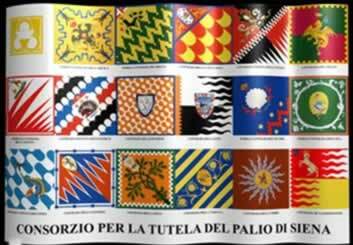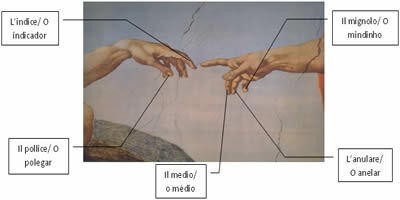Last Sunday, the 11th, NASA launched a new satellite in outer space. Called SmallSat, the equipment is the size of a briefcase and will travel for three months until it reaches its objective: the south pole of the Moon, to look for ice in dark craters. According to a text published by the space agency, SmallSat will be guided from here on Earth. The satellite's path will go just beyond the Moon, and then it will be slowly pulled by gravity into an orbit. There, he will do his work. Keep reading and learn more about the possibility of ice in the moon.
Read more: NASA will start investigating the dark side of the moon in 2025
see more
How to get your CNH for free in 2023?
After hacker attacks, Microsoft releases free tools for…
Small satellite, huge potential
still according official information from NASA, the satellite no more than the size of a briefcase. However, it is a very powerful object for scientists.
SmallSat is equipped with a reflectometer whose four lasers emit infrared light. With their wavelengths, the space agency will be able to measure whether or not there is ice in this part of the Moon. Detail: the lunar south pole has not seen sunlight for billions of years!
Lasers work something like this: if the waves hit water or ice, will be absorbed. However, if they hit any bare rock, dust or gravel, the light will be reflected back to SmallSat.
That is, the more absorption of light emitted, the greater the indication that there may be ice in the place.
“We are literally taking a flashlight to the Moon – firing lasers at these dark craters to look for definitive signs of water ice covering the upper layer of lunar regolith," said Barbara Cohen, NASA's principal investigator on Maryland.
"I'm excited to see our mission contribute to our scientific understanding of where water ice is on the Moon and how it got there."
But, wait… Is there ice on the moon?
Yes! In 2018, the NASA had already come to the conclusion that there are ice deposits at both poles of the Moon.
The blocks are unevenly distributed: at the south pole, frozen water is concentrated more in craters, while at the north pole, the ice is vaster and more spread out.
Graduated in Social Communication at the Federal University of Goiás. Passionate about digital media, pop culture, technology, politics and psychoanalysis.


